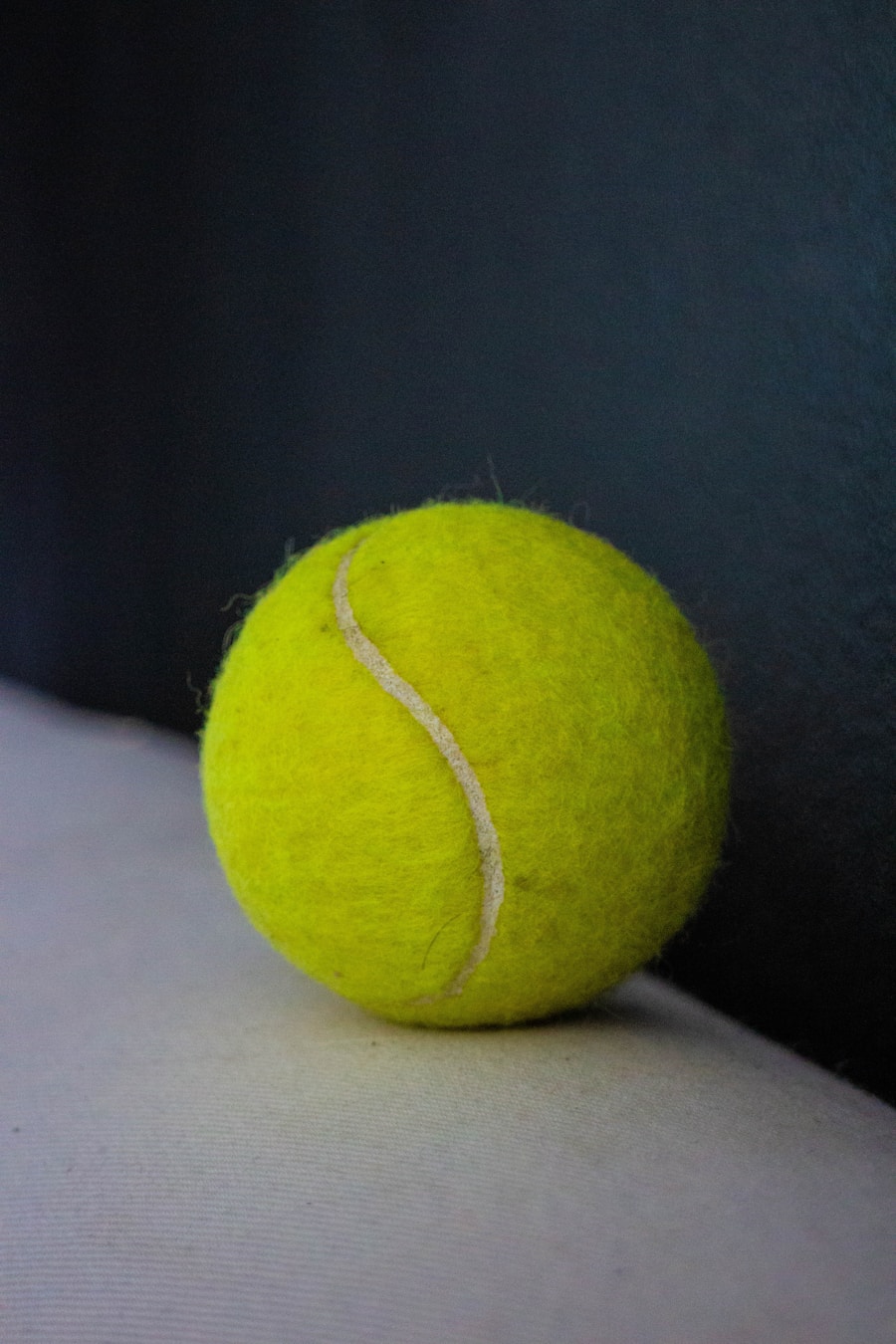Download links
How to install The Science of Bouncing Ball Dynamics APK?
1. Tap the downloaded The Science of Bouncing Ball Dynamics APK file.
2. Touch install.
3. Follow the steps on the screen.
Description
The phenomenon of a bouncing ball is a captivating interplay of physics principles, primarily governed by Newton’s laws of motion. When a ball is dropped, it accelerates towards the ground due to gravity, which exerts a force on it. This force causes the ball to gain kinetic energy as it falls.
Upon impact with a surface, the ball deforms slightly, compressing at the point of contact. This deformation is crucial; it stores potential energy momentarily before the ball begins to rebound. The transformation of kinetic energy into potential energy and back again is a fundamental aspect of the physics of bouncing.
The height to which a ball bounces is influenced by several factors, including its mass, shape, and the gravitational force acting upon it. When the ball hits the ground, it experiences a rapid deceleration as it comes to a stop momentarily before reversing direction. The efficiency of this energy transfer is critical; ideally, a perfectly elastic collision would allow the ball to return to its original height.
However, in reality, some energy is lost to sound, heat, and internal friction within the material of the ball itself. This loss is why most balls do not bounce back to their original height after being dropped.
Key Takeaways
- The physics of bouncing balls involves the transfer of kinetic energy to potential energy and back to kinetic energy.
- Factors affecting bounce height and velocity include the material of the ball, the surface it bounces on, and the angle of impact.
- The material and surface of the ball play a crucial role in determining the dynamics of its bounce, with different materials and surfaces affecting the bounce in different ways.
- Understanding energy transfer in bouncing balls involves analyzing how kinetic energy is converted to potential energy during the bounce and vice versa.
- Real-world applications of bouncing ball dynamics include sports equipment design, industrial machinery, and even space exploration.
- Future developments in bouncing ball technology may involve the use of advanced materials and surface coatings to optimize bounce performance.
Factors Affecting Bounce Height and Velocity
Several factors play a significant role in determining both the height and velocity of a bouncing ball. One of the most critical factors is the initial drop height. The greater the height from which a ball is dropped, the more gravitational potential energy it possesses at the start.
This potential energy converts into kinetic energy as the ball falls, resulting in a higher velocity upon impact with the ground. However, this relationship is not linear; doubling the drop height does not necessarily double the bounce height due to energy losses during the collision. Another important factor is the type of surface onto which the ball is dropped.
Hard surfaces like concrete or hardwood floors provide a more efficient transfer of energy compared to softer surfaces like grass or carpet. When a ball strikes a hard surface, it experiences less deformation and thus retains more of its kinetic energy for the rebound. Conversely, softer surfaces absorb more energy during impact, resulting in lower bounce heights.
Additionally, the angle at which the ball strikes the surface can influence its trajectory; a ball hitting at an angle may not bounce straight back up but instead veer off in another direction.
The Role of Material and Surface in Bouncing Dynamics

The material composition of both the ball and the surface it interacts with significantly influences bouncing dynamics. Balls made from rubber exhibit high elasticity, allowing them to deform and then return to their original shape efficiently after impact. This elasticity is quantified by a property known as the coefficient of restitution, which measures how much kinetic energy remains after a collision.
A rubber ball typically has a high coefficient of restitution, meaning it retains much of its energy and bounces well. In contrast, balls made from materials like foam or plastic may have lower coefficients of restitution due to their inability to efficiently convert potential energy back into kinetic energy after deformation. The surface texture also plays a role; a rough surface can create additional friction that dissipates energy during impact, further reducing bounce height.
For instance, a basketball bounces higher on polished wood than on an asphalt surface due to differences in material properties and surface texture.
Understanding Energy Transfer in Bouncing Balls
| Ball Type | Initial Height (m) | Final Height (m) | Number of Bounces |
|---|---|---|---|
| Tennis Ball | 1.5 | 0.9 | 20 |
| Basketball | 2.0 | 1.2 | 15 |
| Golf Ball | 1.0 | 0.6 | 25 |
Energy transfer during the bouncing process is a complex interaction that involves various forms of energy: gravitational potential energy, kinetic energy, and elastic potential energy. When a ball is held at a height, it possesses gravitational potential energy calculated by the formula PE = mgh, where m is mass, g is acceleration due to gravity, and h is height. As it falls, this potential energy converts into kinetic energy (KE = 1/2 mv²) just before impact.
The efficiency of this conversion determines how high the ball will bounce back. If we consider an ideal scenario where no energy is lost, all kinetic energy would convert back into gravitational potential energy at the peak of the bounce.
However, real-world conditions introduce inefficiencies; sound energy produced during impact and thermal energy generated from internal friction within the ball material contribute to energy loss. Understanding these dynamics is crucial for applications ranging from sports equipment design to engineering solutions in various fields.
Real-world Applications of Bouncing Ball Dynamics
The principles governing bouncing balls have practical applications across various domains, particularly in sports and engineering. In sports like basketball and tennis, understanding how different balls interact with surfaces can lead to improved performance and equipment design. For instance, basketballs are designed with specific materials and air pressure levels to optimize their bounce characteristics on wooden courts.
Similarly, tennis balls are engineered to achieve specific bounce heights on different surfaces—grass, clay, or hard courts—affecting gameplay strategies. Beyond sports, bouncing ball dynamics are also relevant in engineering applications such as impact absorption systems and safety equipment design. For example, engineers utilize knowledge about how materials behave upon impact to create safer environments in playgrounds or sports facilities.
The design of shock-absorbing surfaces often incorporates materials that mimic the elastic properties of bouncing balls to minimize injury risk during falls or collisions.
Future Developments in Bouncing Ball Technology

As technology advances, so too does our understanding and application of bouncing ball dynamics. Researchers are exploring new materials that enhance elasticity while minimizing energy loss during impacts. Innovations such as smart materials that can adapt their properties based on environmental conditions could revolutionize sports equipment design.
For instance, a basketball that adjusts its internal pressure based on temperature could maintain optimal bounce characteristics regardless of external conditions. Moreover, advancements in computational modeling allow for more precise simulations of bouncing dynamics under various conditions. This capability can lead to tailored designs for specific sports or applications that maximize performance while minimizing injury risks.
As we continue to explore these developments, we may see entirely new categories of sports equipment that leverage cutting-edge materials and technologies to enhance player experience and performance on the field or court. In summary, the study of bouncing balls encompasses a rich tapestry of physics principles and real-world applications that extend far beyond simple recreational activities.
If you’re interested in improving your skills in Free Fire Max, you may want to check out an article on how to utilize Free Fire Max fishing to enhance your playing skills. Just like mastering the technique of bouncing a ball, honing your abilities in the game can lead to great rewards and victories. So take advantage of all the resources available to become a pro player in Free Fire Max and win spectacular prizes.
FAQs
What is a bouncing ball?
A bouncing ball is a small, round object that is designed to rebound off of surfaces when dropped or thrown.
What is the science behind a bouncing ball?
The science behind a bouncing ball involves the transfer of kinetic energy from the ball to the surface it bounces off of, causing it to rebound.
What materials are bouncing balls typically made of?
Bouncing balls are typically made of rubber or similar elastic materials that allow them to rebound when they come into contact with a surface.
What are some common uses for bouncing balls?
Bouncing balls are commonly used as toys, in sports such as basketball and tennis, and in various physics experiments to demonstrate principles of motion and energy transfer.
How does the height from which a bouncing ball is dropped affect its bounce?
The height from which a bouncing ball is dropped affects its bounce by influencing the amount of potential energy it has when it makes contact with the surface, which in turn affects the height of its rebound.





